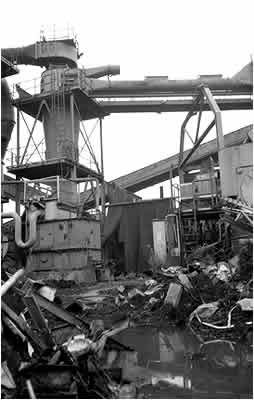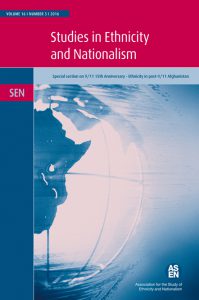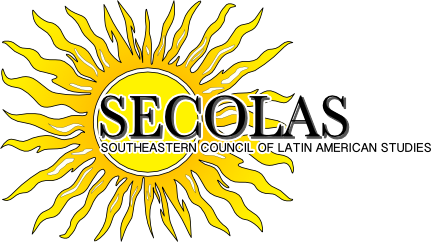Windmills on Lanai: Qui Bono?

Hawaii is strapped for energy. Most of the State’s energy comes from foreign oil, and Hawaii spends 8% of its GDP on oil and the island that uses the most energy (Oahu) has the fewest sustainable sources. (In Kihei, Maui, Gas is $4.86 for regular.) Other islands have had limited success with solar and small scale windfarms, but a new proposal calls for a large wind farm on the island of Lanai.
The company that owns Lanai has proposed a 12,800 acre windmill farm in a remote corner of the island. This proposed farm would produce 300 to 400 megawatts of energy and create 20 to 30 permanent jobs. In addition, local businesses may benefit from the construction of these windmills.
The green energy would not stay on Lanai: it would be exported to power the island of Oahu via a 65 mile trans-channel cable. Also, the 12,800 acres may be restricted from public access, which would affect resident’s movement and hunting areas.
Lanai, like many rural areas in the U.S., has been hit hard by the recession. According to a Penn State report, many of the working class jobs (e.g. janitorial, sales, farming, fishing, and forestry) are below the living wage. Families have turned to subsistence hunting in order to feed their families and to augment their income—hunting lands which may be threatened by this wind farm..
The windmills would dwarf any buildings or trees on the island and disrupt the natural topography of the island.
As a sociologist, I wonder about the ethic principal of qui bono: good for who? Is is justifiable to put a wind farm on a rural island in order to power a nearby metropolis? Are 30 full time jobs worth restricting access to 14.3% of an island?
I’m not an economic sociologist, but what would Wallerstein think of this? He speaks of Core, semi-periphery (SP), and Periphery (P) nations, but it seems like Lanai is serving as a semi-periphery island to the core island of Oahu. Indeed, capital is being sent from Oahu (Core) to Lanai (SP) for development, and resources are being returned along the same channels. But what is the Periphery role?
I believe nature has assumed the periphery role in this system. None of the articles I have read have mentioned the sea turtles that nest in Lanai, nor has it mentioned the endangered birds and fish that may be displaced by the change of wind from the 400 foot generators. The proposed windmills exploits nature (the environment and animals) and the people who are closest to it (Lanaians) in order to make the lives of the core (Oahu) better.
Supplemental Sources:
Loomis, Ilima. “Windmills, a source of green power, conflict.” January 24, 2010. The Maui News.
Long, Matt. “Trouble in Paradise: the Great Lanai Windmill Debate.” August 10, 2011.
Friends of Lanai. “Big Wind.” n.d.
Photo Credit: Robin Kaye, “A Possible View of Lanai Windmills,” MolokaiNews.org
Illustration Credit: Friends of Lanai, “Windmill Size in Perspective,” friendsoflanai.org






1728-4457/asset/PopulationCouncilLogo.jpg?v=1&s=03074651676b98d6b9d0ef1234bd48fe7ff937c3)